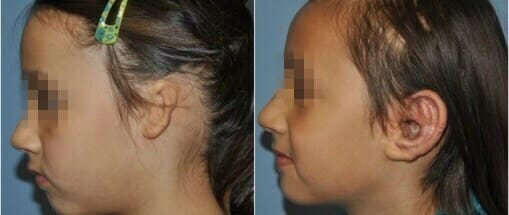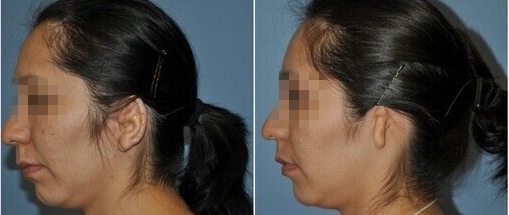

Your body, your choice. Look & feel better!



Microtia is a congenital deformity of the outer ear. In this condition the ear of the foetusdoes not fully develop during the first trimester of pregnancy. The word “microtia” is synonymous with “little ear”, from the Latin words “micro” and “otia.” The outer ear is called pinna. When this very part of the ear ends up being underdeveloped then this condition is referred to as anotia.Microtia is a rare ailment as it occurs in 1 out of 8, 000 live births. In most of the cases, this condition affects just one ear. Thus, making microtia primarily a unilateral condition. It is seen that in majority of people, the right ear tends to get affected.
Microtia is a genetic disorder meaning that it is genetically inherited. Around 95% of the children who get affected by this condition, there is no family history of the same. Other figures denote that approximately 40% have underdeveloped bony and soft tissues on the involved side of the face (hemifacialmicrosomia). Up to 15% can have varying degrees of facial nerve weakness. .
Microtia is sometimes associated with certain craniofacial syndromes, such as Treacher Collins Syndrome and Goldenhar Syndrome (oculoauriculovertebral dysplasia). So, there are the possible reasons which can lead to this very condition.

It is a cosmetic surgical procedure done to repair torn or split earlobe for better aesthetic appearance .
It is a cosmetic surgical procedure also known as otoplasty which is done to correct the appearance of ears to make them more visually appealing.
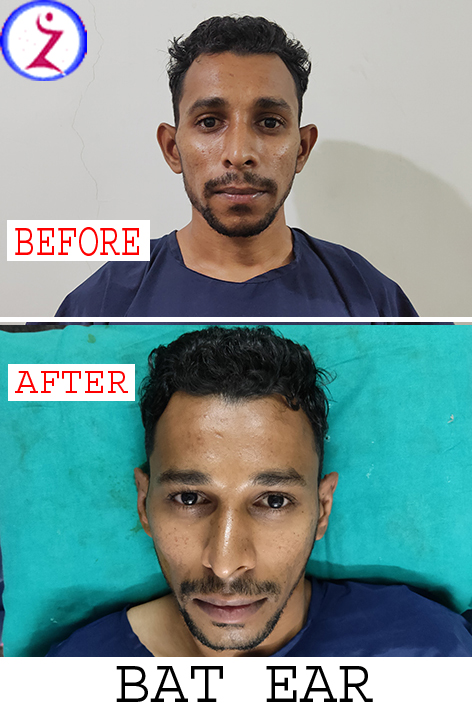





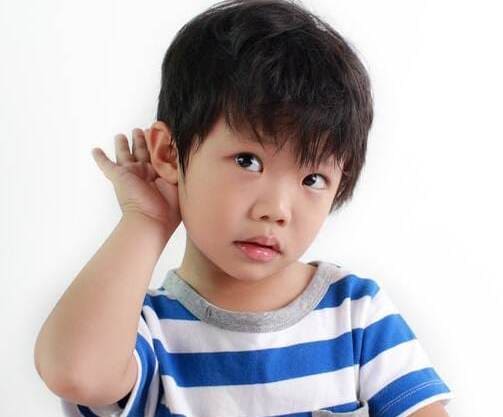
If a child is born with microtia, then this should be followed by an early evaluation of the ear’s organ systems and the child’s hearing. The first consultation with physicians should be shortly after birth. This gives parents proper insight into their child’s condition and the treatment prospects.
Unilateral microtia. In unilateral cases, children generally retain full hearing in the unaffected ear. Sound can be absorbed into the still-functioning inner ear too. An audiogram test should be repeated at yearly intervals. A radiologist will evaluate the middle ear structures and ear canal using a CT scan.
Bilateral microtia. In bilateral cases, children are at risk of greater hearing loss. This can lead to poor speech development. Children with bilateral microtia require earlier intervention. An audiogram is recommended within the first few days of life. A CT scan will evaluate whether the middle ear structures can be surgically reconstructed or not. Children with bilateral microtia often use bone-conducting hearing aids before a surgery.


He is qualified plastic reconstructive cosmetic and hair transplant surgeon. He has worked as assistant professor in the prestigious KEM Hospital Mumbai. He has done his studies in Indore, Jabalpur, Nagpur, Delhi and Mumbai. He is presently doing maximum number of gender reassignment surgeries in this region.
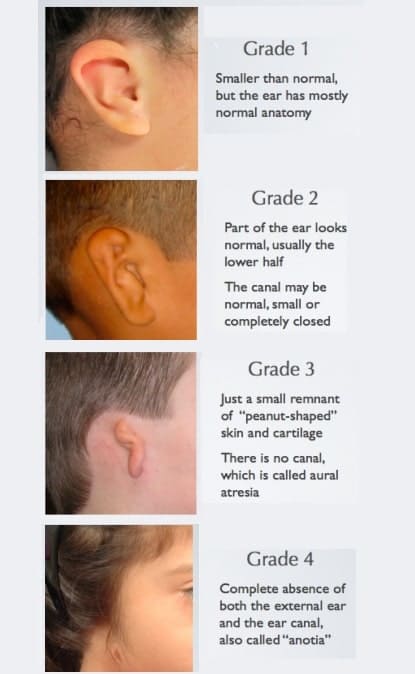
Microtia is segregated into a total of four stages or grades. Each grade signifies a definite characteristic. So, it is important to identify the stage of microtia a child is dealing with before jumping on to a definite treatment. Thus, proper consultation with a medical practioner is mandatory in these cases.
In this stage a child or a person exhibits less than complete development of the external ear. The pinna or the external ear is there but it is small in size. It is indeed identifiable in nature too but not the same as an actual pinna.
In this stage the ear is partially developed. In most of the cases the top portion of the ear is underdeveloped. This is accompanied by a closed stenotic external ear canal. This produces a conductive hearing loss in indivisuals.
In this stage there exists an absence of the external ear with a small peanut-like vestige structure. In addition to this there is also an absence of the external ear canal and ear drum. Grade III microtiais the most common of all the four grades of microtia.
In this stage, the indivisual suffers from an absence of the total ear or anotia. The outer ear is not at all developed. This stage is the most severe of them all. So, the treatment of this stage or grade is also very complicated. One must be really informed before going out for a surgery for microtia.

The human ear is designed in a very complex manner. The inner ear as well as the outer ear both exhibit complex structures.
Ear reconstruction surgery is carried out in a total of two stages. In the first stage the cartilagenous framework of ear is created. This is then inserted deep into the skin of one’s head at the future ear site.
A typical ear reconstruction surgery accounts to about 1.25 lakhs for both 1 and 2 stages.Certain factors like the city, clinic and medical professional carrying out the surgery influence the cost of the surgery.

When a person’s ears are projected outward then this type of condition is called a bat ear. A normal ear is pushed inwards. This condition is harmless given the fact that it is primarily a cosmetic condition.
As the name suggests, any kind of trauma can cause ear deformities. This can happen in any stage of life of a person. Thanks to ear reconstruction surgeries, there are ways to correct this.

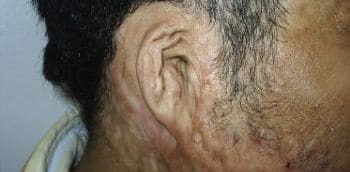
Many a time some people suffer from a deformed ear after undergoing a burn. This can affect a person’s outer ear or pinna.
It is a type of ear deformity in which the top rim of the ear (helical rim) is either folded over or wrinkled. This condition may range from mild to severe.
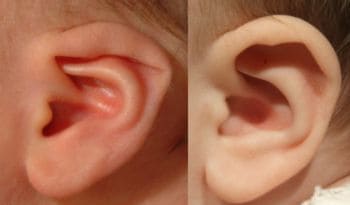
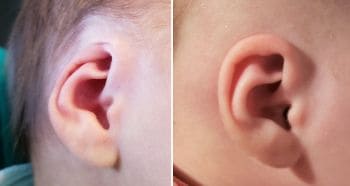
It is a condition where an ear appears to have its upper portion buried underneath the side of the head. The condition can lead to underdeveloped scapha and antihelical crura. This condition is also known as buried ear or hidden ear.
Natural and safe

